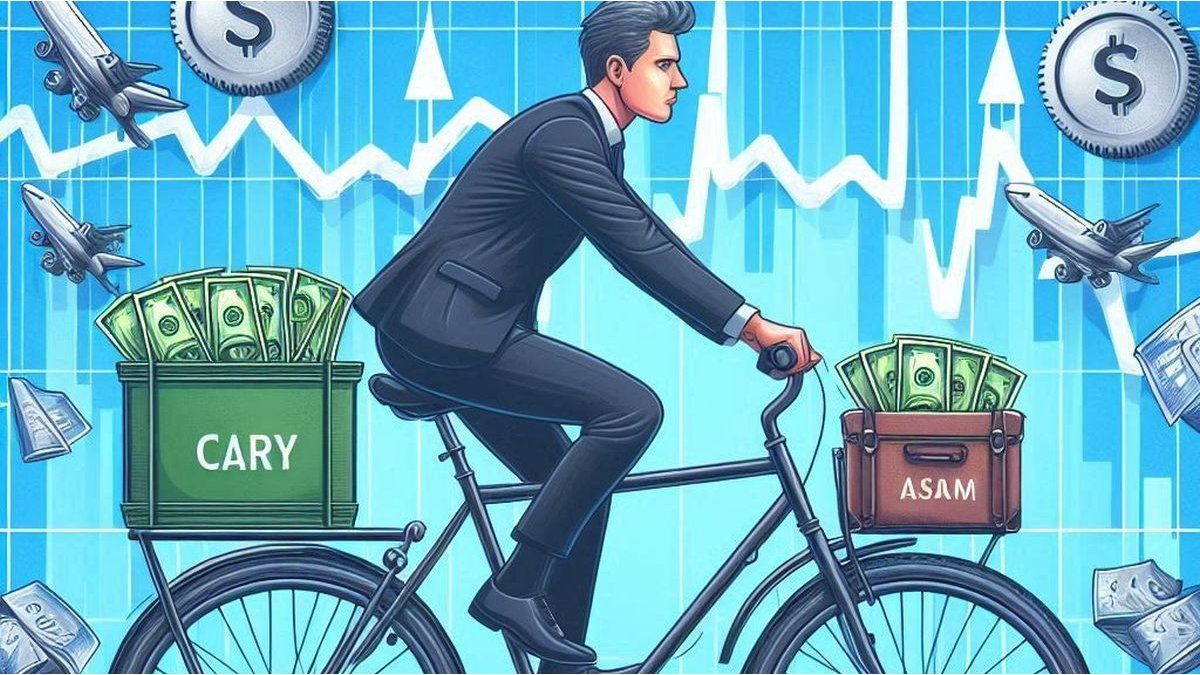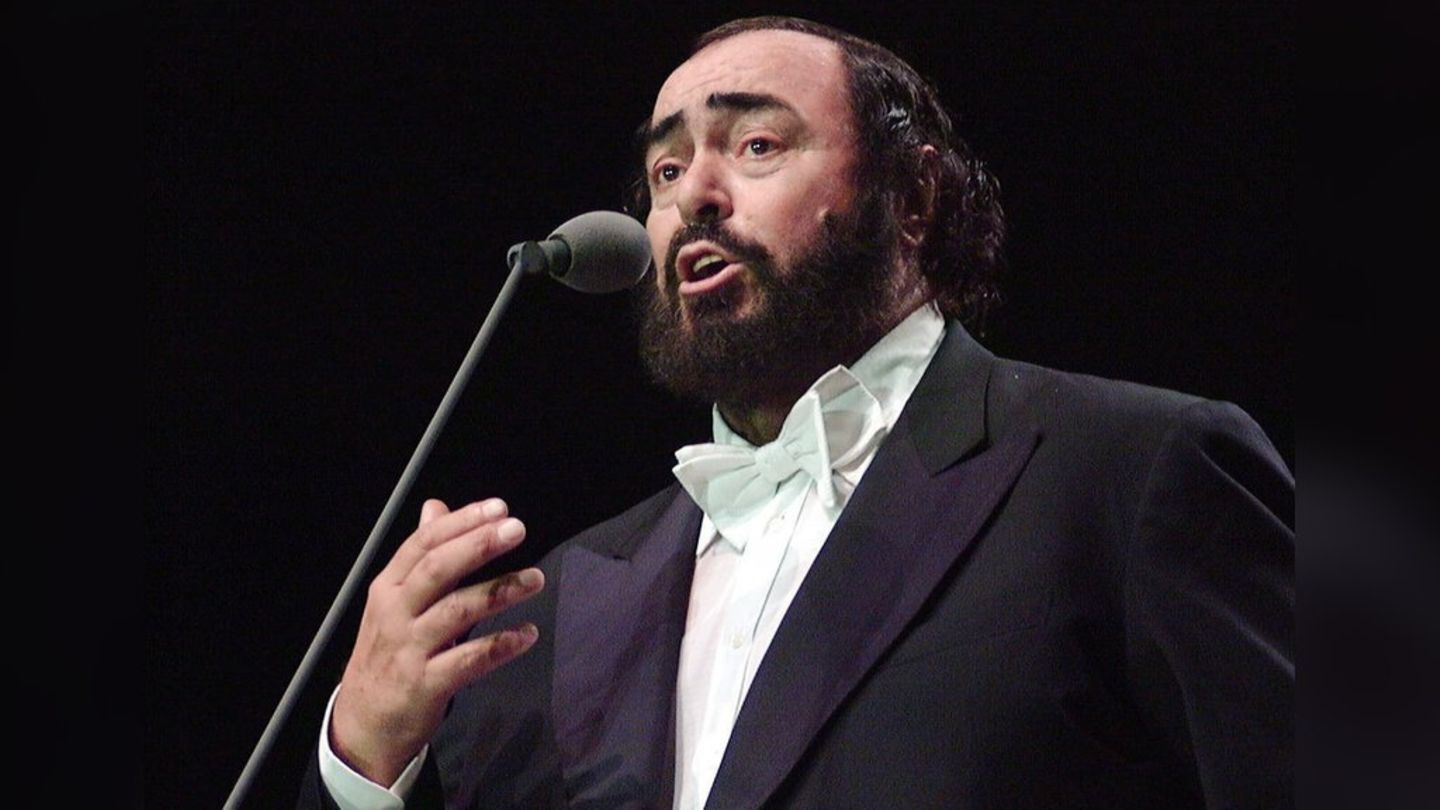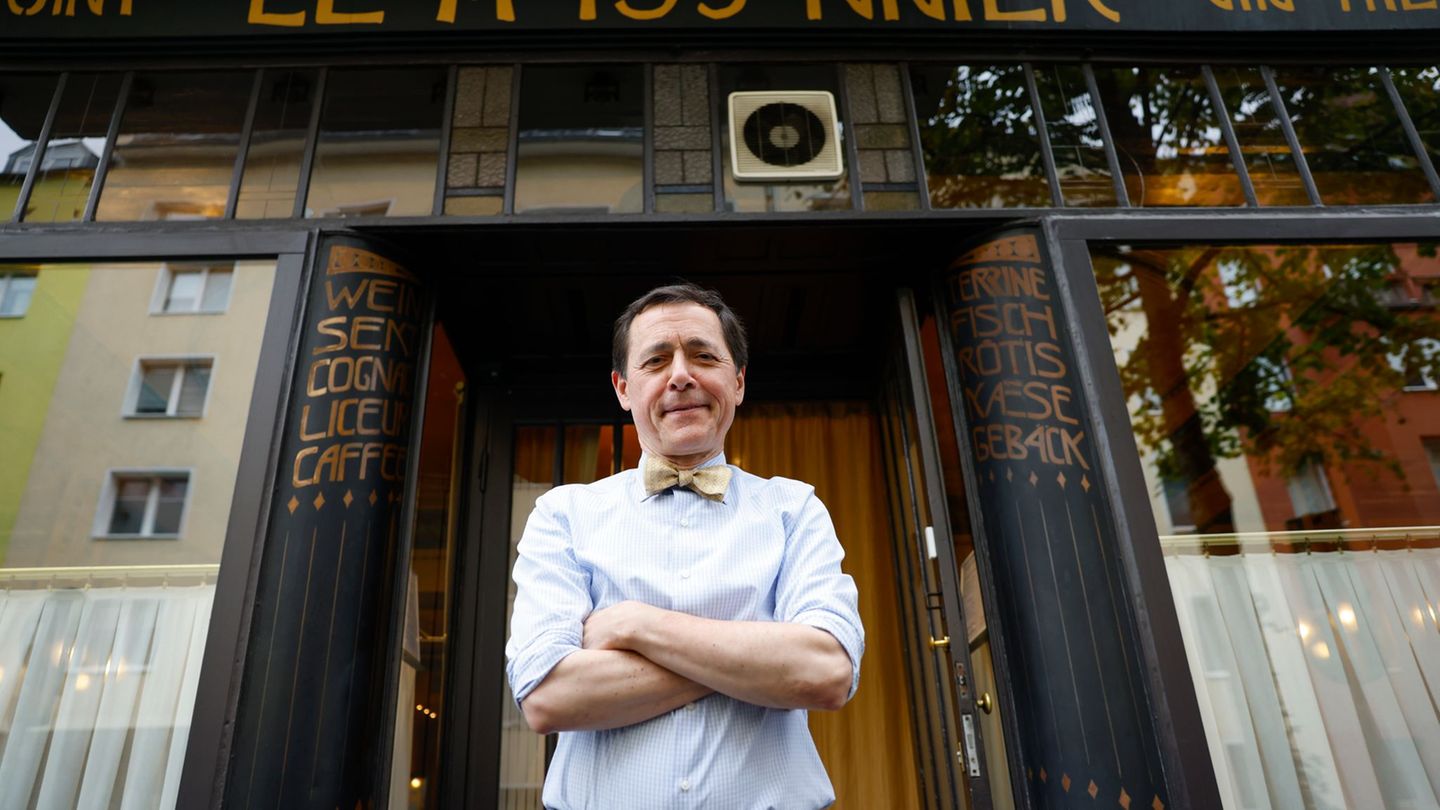After months of pax exchange rate, parallel dollars and the gap with the official one were awakenedwhich had approached zero, exceeded 10% again. Although the rebound comes after months of decline in the blue dollar and financial markets, the sudden rise in recent days opened question marks about the continuity of bets on the “carry trade”which prevailed in the market since the end of August and which were at the base of the currency bridge that the economic team built so that the Central Bank could maintain a significant purchasing balance.
Last weekalternative quotes had hit a floor close to the lows of the last five years and The conversation at the city tables was whether the gap could even turn into negative territory. (that is, the parallel dollars were below the official one, which this Tuesday closed at $1,021.50).
Since then, the blue rose 8.8% going from a minimum of $1,070 last Wednesday to a value of $1,165 this Tuesday. But the biggest increase occurred at the beginning of this week (6.4% since Friday’s close. The same thing happened with financial dollars, which on two wheels advanced 6.7% in the case of the MEP and 5.2% in cash with settlement (CCL) up to $1,145.26 and $1,152.51, respectively.
Although some analysts mention that the rebound responds in part to currency purchases of human persons in the prelude to a vacation that will be marked by a boom in tourism abroadthe truth is that The recent drop in interest rates in pesos was once again a catalyst. Both the cut in the BCRA’s monetary policy rate to 32%, announced on December 5, and the additional compression of the yields of securities in local currency that followed that decision and the November inflation data, which They made the “carry trade” less attractive. Added to this is the devaluation of the real in Brazil.
“The price of the dollar in December usually has a strong seasonal component, influenced by the peso needs of companies and people in the first fortnight of the month. Even in that context, The movements of the last few days are important and could be anticipating a change in trend in the price of the parallel dollar”he proposed Pablo Moldovandirector of the consulting firm CP, when asked by Scope.
For its part, Javier Casabalstrategist at Adcap, said: “After such a big rally, such a rapid gap fall, it is natural that at some point there will be some kind of profit taking. In the short term, I think the more local news has been generally on the positive side. I think this correction is connected to the jump of Real in Brazil and a certain rather external instability. “It is also true that there was a lowering of rates from the Central Bank that possibly does not help, but rather I think it is a logical profit-taking triggered by what is happening in Brazil.”
Thus, the question arose as to whether this rise in parallel dollars implies the closing of the cycle of betting on the “financial bicycle.” The question is not only relevant for investors, who until now were very interested in securing juicy profits in hard currency, but also for the future of the exchange scheme. It is that in recent months the The Government took advantage of the increase in dollars that went into money laundering to stimulate carry bets and encouragein that way, a flow of currency that would allow the BCRA compensate the deficit of the current exchange account and expand your purchase balance.
Dollar rebound: is the “carry trade” closed?
City analysts agree that The impact is still incipient to know if investors got off the bikebut they point out that the stage is open. “The truth is that it is premature. There may be some of that, but it is early to draw conclusions,” he told this medium. Juan Manuel Francochief economist of the SBS Group. What factors influenced the awakening of parallel dollars? “One could be the ‘carry’; another directly that was perceived as highly appreciated and that was attractive, especially for some retailers that charge a bonus,” Franco said.
“I don’t know how it will continue forward, but we maintained that, At these interest rate levels of instruments in pesos, the ‘carry’ was very finite. And above all, selling dollars to carry didn’t make much sense at these levels. The price of the dollar seemed too low to us. And, in some way, perhaps the Government stimulated a certain floor for the note, lowering the rate. That and the greater demand due to seasonality generates a rebound,” he said. Diego Martínez Burzacocountry manager and head of research at Inviu (firm belonging to Grupo Financiero Galicia), in conversation with Scope.
And he added: “It is difficult to predict if it is the end of the ‘carry’ or not. Obviously, as the dollar continues to bounce a little more and market rates adjust, perhaps some investors more inclined to take that risk will try again. But it did make little sense to us to do a ‘carry’ with those dollar levels in the last 10 days given the nominal drop in Lecap rates in the secondary market.”
“In principle, if Brazil calms down, I think that the ‘carry’ makes sense again for the investor who understands well the type of risk he is taking. For now, if the noise from Brazil continues to generate concerns, the decision profits can continue. So far it is -7% after five months of +10%, which compounds are more than 58%”Casabal clarified in dialogue with this medium.
The “carry trade” or “financial bicycle” (as it is popularly known) consists of getting rid of holdings in dollars, placing them in some instrument in pesos that grants an interest rate clearly higher than the rate of devaluation and returning to dollarization before An abrupt movement of the dollar is materialized to secure juicy gains in hard currency. This is what happened throughout the year, more precisely in two stages: until the exchange tension in the middle of the year closed a first “carry” window and from the end of August, when the money laundering reinstalled the exchange rate.
Dollar, “carry trade” and the Luis Caputo scheme
The second carry window played an important role in the scheme put together by Luis Caputo and Santiago Bausili to build a currency bridge that would allow the BCRA to maintain a purchasing balance even at the most challenging time of the year in seasonal terms and despite the red current account that crystallized in the second half of the year as a result of the exchange rate anchor policy.
Because? The growing bets on the “carry” increased the supply of foreign currency in the official market and allowed the Central Bank to maintain the purchasing balance. This mechanism encouraged exporters to advance settlement, importers to delay payments to their suppliers, and companies in general to take financing (bank or capital market) in foreign currency and then settle it. No one wanted to be left out of bicycle profits.
Individual investors also joined them, who entered the “carry” through financial dollars. Without access to the official market, they did not enjoy the guarantee of Caputo’s “exchange table”: a constant rate of devaluation dictated by the BCRA (up to now, 2% monthly), which allows them to anticipate (to the extent that they trust its continuity) how much the dollar will be at tomorrow.
Thus, due to the reduction of the exchange gap, they obtained returns even higher than those offered by the official market bicycle, but they were exposed to greater volatility. For example, except for the first to leave, this group of financial cyclists saw a portion of the profits recorded in the previous months erased in recent days due to the rebound in financial dollars.
Yet, The Government gave signs of its vocation to maintain the rate differential offered by the “carry” in the official market by announcing that “the reduction of the exchange rate to 1% monthly is getting closer.” It could also do so for the financial market if it resumes interventions direct from the BCRA in the MEP and the CCL. On the one hand, because its guiding idea is to sustain the deceleration of inflation. On the other hand, because it needs to prevent an abrupt reversal of the bicycle flow from cutting off the Central Bank’s currency purchase cycle.
Moldovan pointed out in this regard: “In more general terms, the second cycle of ‘carry trade’ that opened with the success of laundering found its highest point with the convergence of the official and parallel exchange rates and with the last drop in the exchange rate. monetary policy. Forwards The Government has to prevent this cycle from reversing abruptly. In that context, it is expected thatafter some margin of correction, “the BCRA resorts to its capacity to intervene on the parallel dollar to avoid contagion to the official market.”.
Source: Ambito




